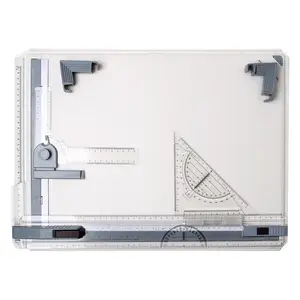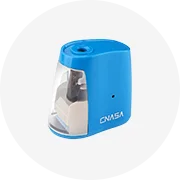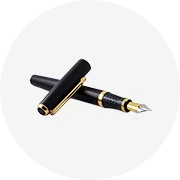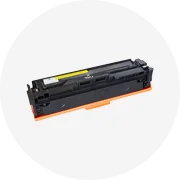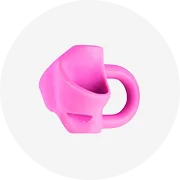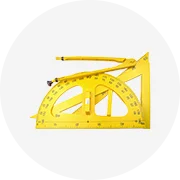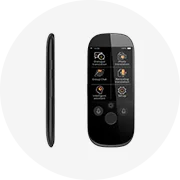Popular in your industry



































































Related Searches:
































































































Top categories
About arm anatomical plastic model
An Exploration of Arm Anatomical Plastic Models
The arm anatomical plastic model serves as an indispensable tool for educational and research purposes, particularly in the fields of medical anthropology and health sciences. These models provide a tangible representation of human arm anatomy, facilitating a deeper understanding of musculoskeletal structure and function.
Types and Applications
Anatomical models of the arm come in various forms, from basic representations to advanced versions that include detailed musculature, vascular systems, and skeletal components. They are utilized in a wide array of settings, from university laboratories to clinical environments, aiding in the education of medical students, the training of healthcare professionals, and the advancement of scientific research.
Features and Materials
Constructed with durability and accuracy in mind, these models are typically made from robust plastic materials that withstand frequent use. The design of an anatomical arm model often includes removable parts to showcase different layers and systems, offering an interactive experience that enhances learning and comprehension.
Advantages of Using Anatomical Models
The use of an anatomical model of the arm in educational settings provides a hands-on approach to learning that can enhance cognitive retention. For researchers, these models offer a consistent and reliable reference for experimental design and hypothesis testing. The precision of these models aids in reducing the reliance on approximation, thereby improving the accuracy of scientific studies.
Selection Criteria for Educational Institutions
When selecting an arm anatomy model for educational purposes, institutions consider factors such as the level of detail, the quality of materials, and the model's ability to demonstrate specific anatomical features relevant to their curriculum. These models are pivotal in programs such as those offered by health science universities, where practical application of theoretical knowledge is key to student success.
Conclusion
Alibaba.com's extensive catalog includes a diverse range of arm anatomical plastic models suitable for a variety of educational and research applications. These models are essential for those seeking to gain a comprehensive understanding of arm anatomy, offering an interactive and detailed perspective that textbooks alone cannot provide.




